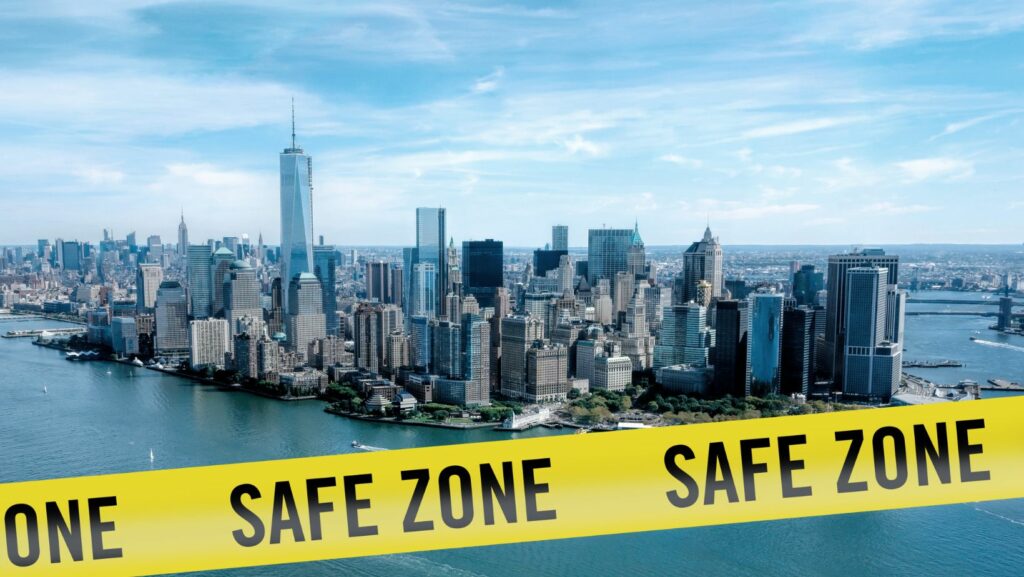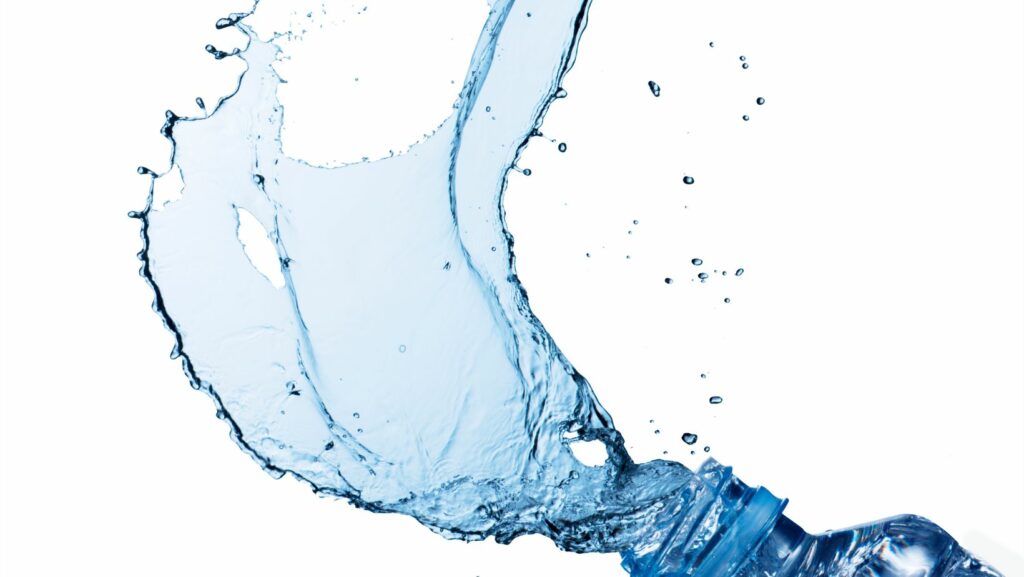The Texas coastline, known for its rich biodiversity, faces a growing threat to its sea turtle population. Recent studies reveal a troubling link between frequent oil spills and the decline of these ancient mariners. As oil slicks spread across the waters, they contaminate the habitat, causing severe health issues for sea turtles, from respiratory problems to compromised immune systems.
The Impact of Oil Spills on Texas Sea Turtle Habitats
Oil spills significantly affect the habitats of sea turtles along the Texas coastline. These impacts disrupt critical breeding grounds and contaminate marine ecosystems, posing severe threats to the survival of these species.
Identifying Critical Breeding Grounds Affected

Critical breeding grounds for sea turtles, such as Padre Island National Seashore and South Padre Island, face high risk from oil spills. These areas serve as key nesting sites for Kemp’s Ridley and Loggerhead turtles. When oil contaminates these areas, hatchlings experience increased mortality rates and developmental problems. NOAA reports that contact with oil during early life stages causes deformations, reduced growth rates, and even death.
The Influence of Contaminants on Marine Ecosystems
Contaminants from oil spills, including polycyclic aromatic hydrocarbons (PAHs) and heavy metals, integrate into marine ecosystems, harming a wide range of species. For sea turtles, ingesting contaminated prey or encountering oiled waters leads to severe health issues. These include compromised immune systems and respiratory problems. PAHs accumulate in the tissues of marine life, leading to chronic health conditions, which further weakens the already vulnerable sea turtle populations. This disruption impairs the overall balance of the ecosystem, affecting both flora and fauna reliant on clean water and healthy habitat conditions.
By understanding the direct impact of contaminants on both sea turtles and their broader habitats, conservationists can better strategize interventions and rehabilitation efforts to protect these vital marine ecosystems.
Overview of Sea Turtle Population Decline in Texas
Sea turtle populations in Texas have seen significant declines over the years. Various factors, mainly oil spills, contribute to this downward trend.
Historical Population Trends
Historically, Texas was home to several nesting sites for sea turtles, including Kemp’s ridley and loggerhead species. Data from the Sea Turtle Stranding and Salvage Network shows that nesting numbers peaked in the early 1960s but began declining sharply by the late 20th century. Human activity, pollution, and habitat destruction have long impacted sea turtle survival, with oil spill incidents exacerbating these threats.
Recent Studies and Findings

Recent studies, including those by NOAA and the Texas Parks and Wildlife Department, confirm the negative impact of oil spills on sea turtle populations. A 2022 study recorded a 20% decrease in nests on South Padre Island, directly correlating with the Deepwater Horizon spill of 2010. Furthermore, findings reveal that hatchlings exposed to contaminated sand and water showed lower survival rates and higher developmental abnormalities. Researchers emphasize that conservation efforts must address these oil contamination issues to enhance sea turtle recovery in Texas.
Factors Contributing to the Decline of Sea Turtles

Oil spills are a primary factor in the decline of Texas sea turtles. Spilled oil contaminates their habitats, leading to long-term health issues. Respiratory problems and compromised immune systems are common among affected sea turtles.
Fishing Operations include bycatch and entanglement. Many sea turtles become accidentally caught in fishing gear, leading to injuries or death. Conservation efforts aim to reduce bycatch through gear modifications and regulations.
Habitat Loss due to coastal development impacts nesting sites. Construction and human activity disrupt natural sand dunes and beaches, making it difficult for sea turtles to nest and lay eggs safely.
Pollution from plastic waste and chemicals contaminates the ocean. Sea turtles often ingest plastic debris, mistaking it for food, which can cause internal injuries or blockages. Chemical pollutants can also interfere with their reproductive systems.
Climate Change affects sea turtle populations by altering their habitats. Warmer temperatures impact sand temperature, which determines the sex of hatchlings. Rising sea levels and increased storm frequency can erode nesting beaches.
Predation on eggs and hatchlings is a natural threat, but it’s intensified by human activities. Introduced species and increased predator populations put additional pressure on nesting success.


